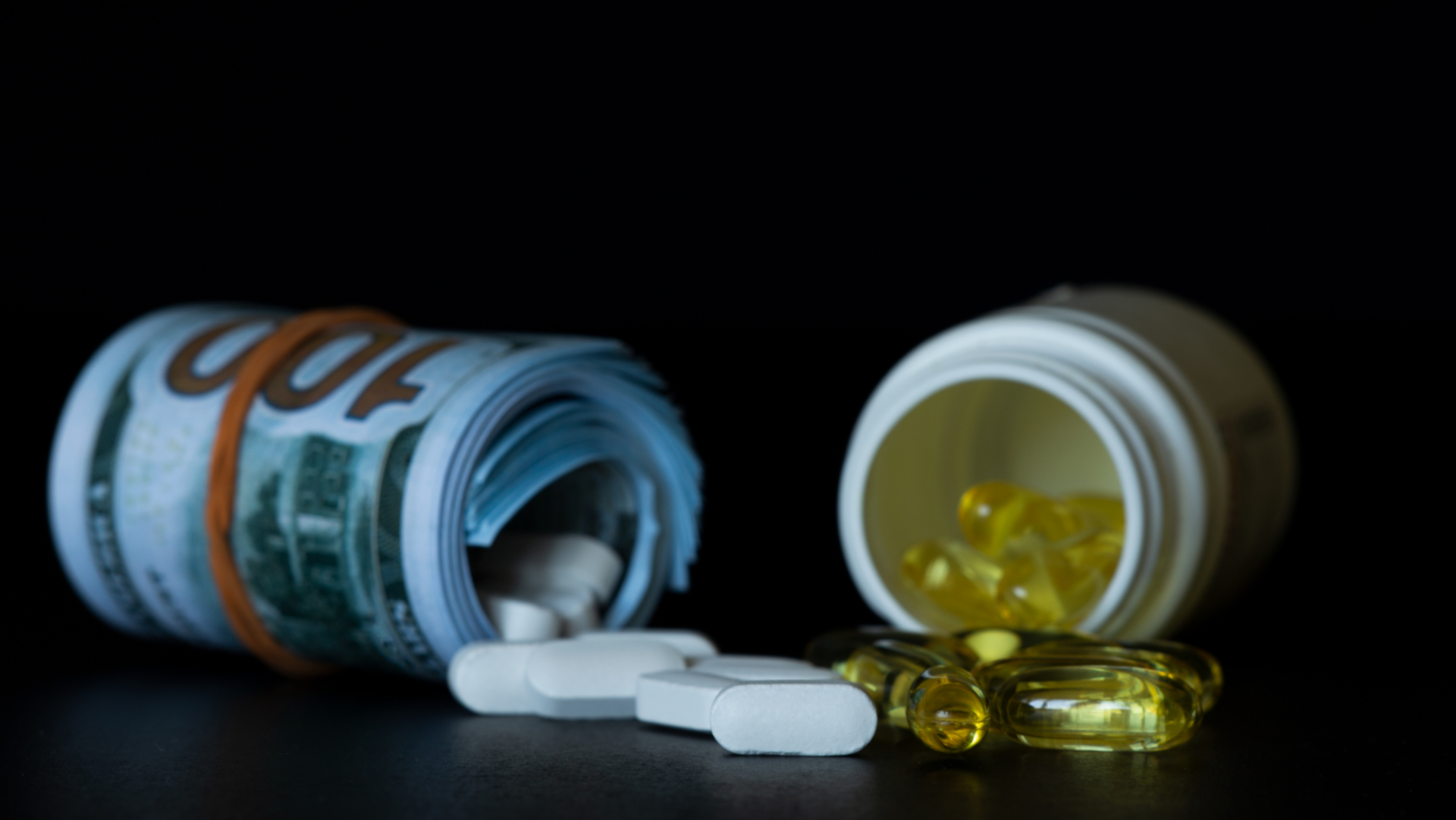
Image Andrey Bukreev
A Hypothetical:
What If The Pharmaceutical Industry Used The Same Model As CITES?
Lynn Johnson
17 May, 2021
Imagine we live in a world where, when a pharmaceutical company creates a new drug, it doesn’t have to test it in the lab, it doesn’t need to do human trials and it doesn’t need regulatory approval. A new drug is simply developed, manufactured, marketed and legally sold.
Once on the market, the drug appears to have some terrible side effects and consequences. The groups concerned about the negative effects of this new drug, on human lives, must scrape together funding, from philanthropists and the public, to undertake research to show their concerns are valid. Each year, for several years, data is collected from all regions of the world highlighting the negative side effects of the drug. This includes the number of direct and indirect deaths associated with the drug.

Image onurdongel
The amount of research done is highly depended on donor funds. While researchers would prefer to investigate the drug’s impact on all the types of people who use it, for example men, women, children and teens, senior citizens, pregnant women, people with a disability, people with mental health issues, they know that donors have a preference for funding certain groups, for whom they feel more empathy, for example children and pregnant women. It is hard to get funding for groups who donors struggle to emotionally connect with.
When these concerned parties present their findings on the negative effects of the drug, they are challenged to provide evidence-upon-evidence-upon-evidence to back up their concerns, yet the pharmaceutical company isn’t held to the same standards to provide evidence that the drug is safe.
Imagine further that the system that monitors the trade and distribution of this drug (and all drugs), and is supposed to keep illegal and counterfeit drugs out of the legal market, is an old paper-based system, which doesn’t integrate with customs services and has been shown to have significant loopholes.
In addition to this, stakeholders come together to review the outcomes associated with the trade in this drug only once every three years. Trends on the negative side-effects of the drug and the mortality rates are tabled. There are clear indications that the trade in this drug is not safe for humans, but the only result is that another 3 years of research is requested, before a decision may be made to stop selling the drug – the can is kicked down the road. Add to this, there are 39,000 drugs listed for sale (approximately 39,000 endangered species are currently listed under CITES for trade monitoring and restrictions).
Would society let human lives be treated in this way? Would we give the pharmaceutical industry unrestricted ability to trade (or maybe have some minimal restrictions on trade) until, after decades of research demonstrating the drug is unsafe to the human population, we clap with relief when, once-and-for-all, we finally get agreement to ban the trade in this drug? (This was the reaction in the room when pangolins were listed on CITES Appendix I, at CITES CoP17).
Again, I ask the question, would we be willing to compromise people’s safety and survival in this way? No, of course we wouldn’t, because it would be a ridiculous approach, right? But we accept this VERY system for the legal trade in wild species.

Image DOUGBERRY
While the pharmaceutical industry has to apply the precautionary principle, paying for years of research up front, to show that a drug is safe for human consumption, in contrast, the default for the world’s endangered wildlife and plants is unlimited trade first until it is proven to have severe, negative consequences for the survival of the species. By then it is often too late.
It is time for the CITES regulator to be modernised to adopt the precautionary principle and to put the burden of proof on the businesses wanting to trade in wild species.

